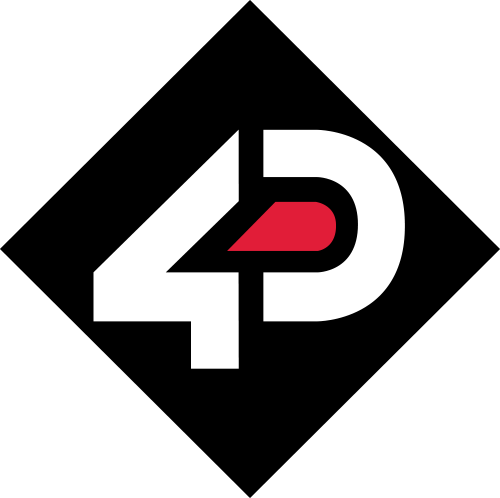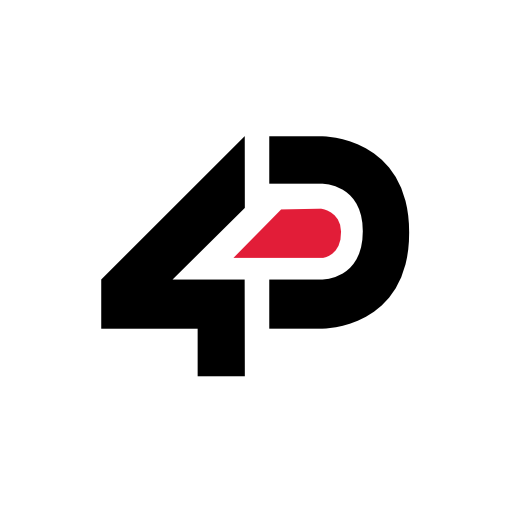I need a longer 30-way flex cable, where can I find some?
The standard length of FFC cable we include in our gen4 products is 150mm (4DFFC-150) which is usually just right for common applications.
We can also provide you with 200mm (4DFFC-200) for a longer alternative. If you are interested, you can add a note in your order that you would like this option.

